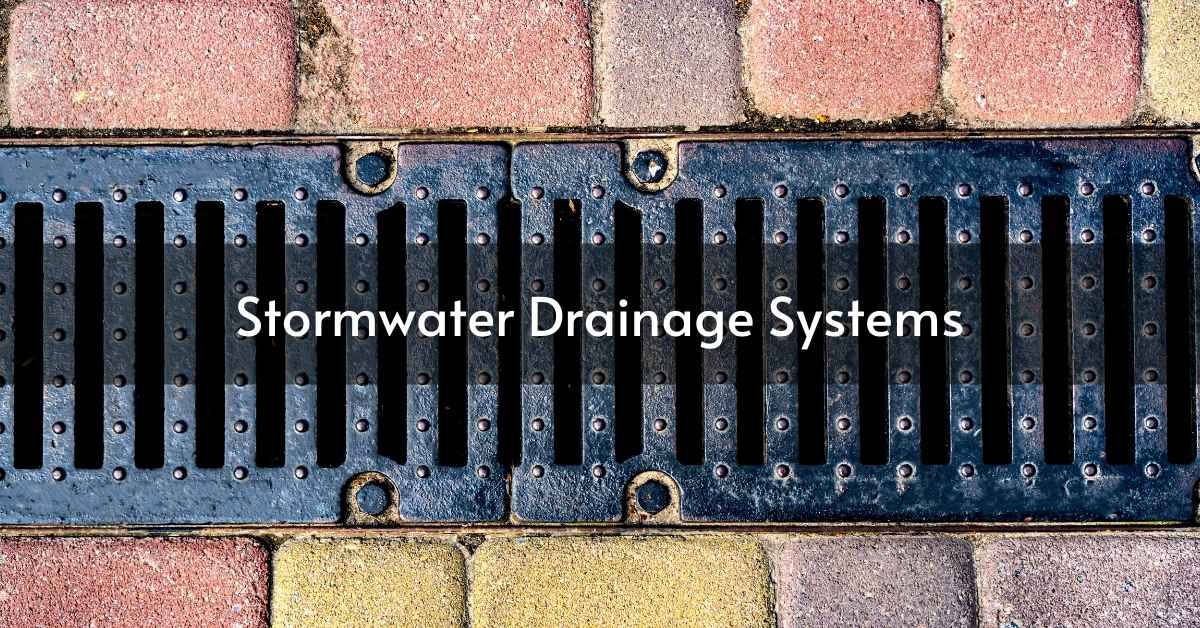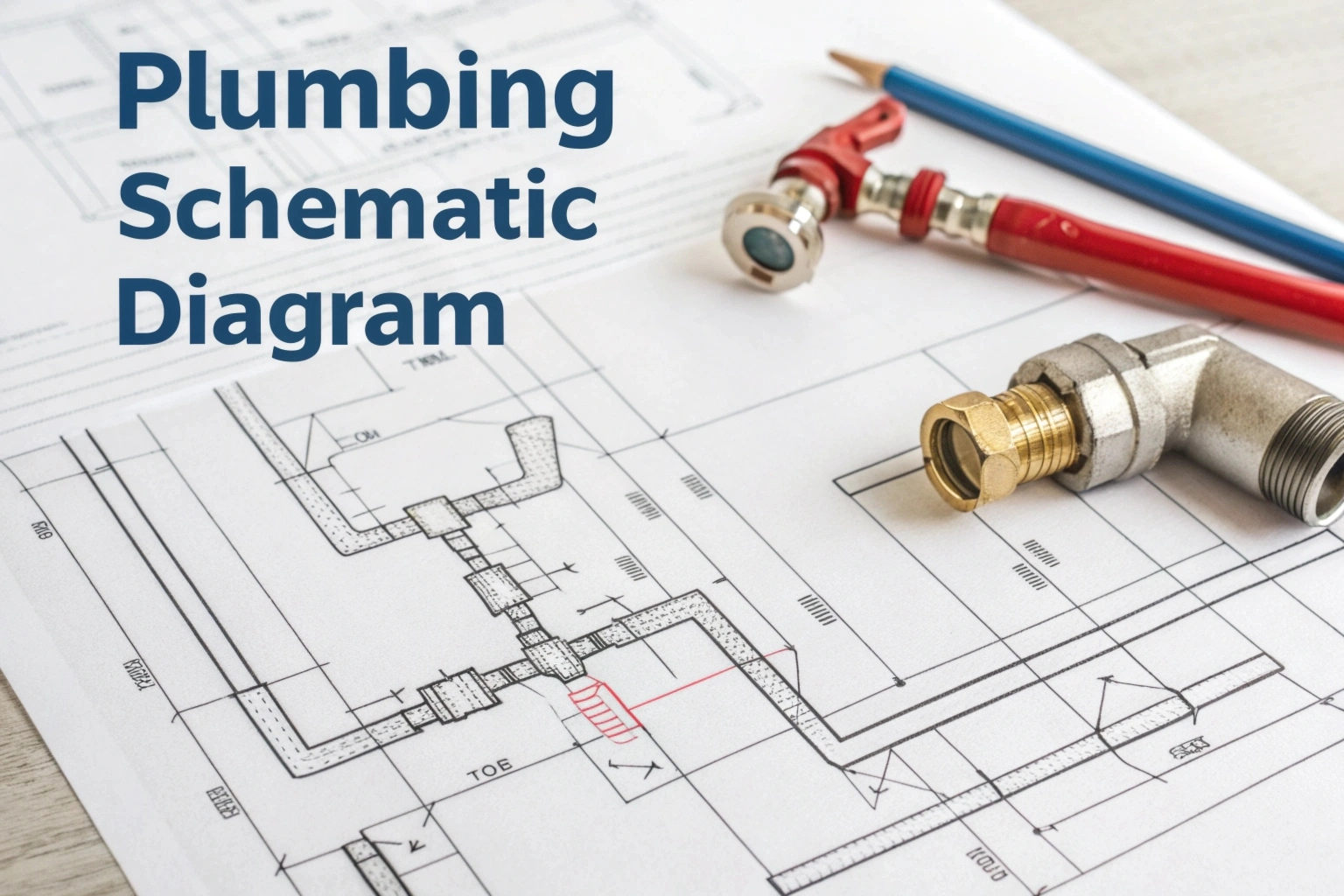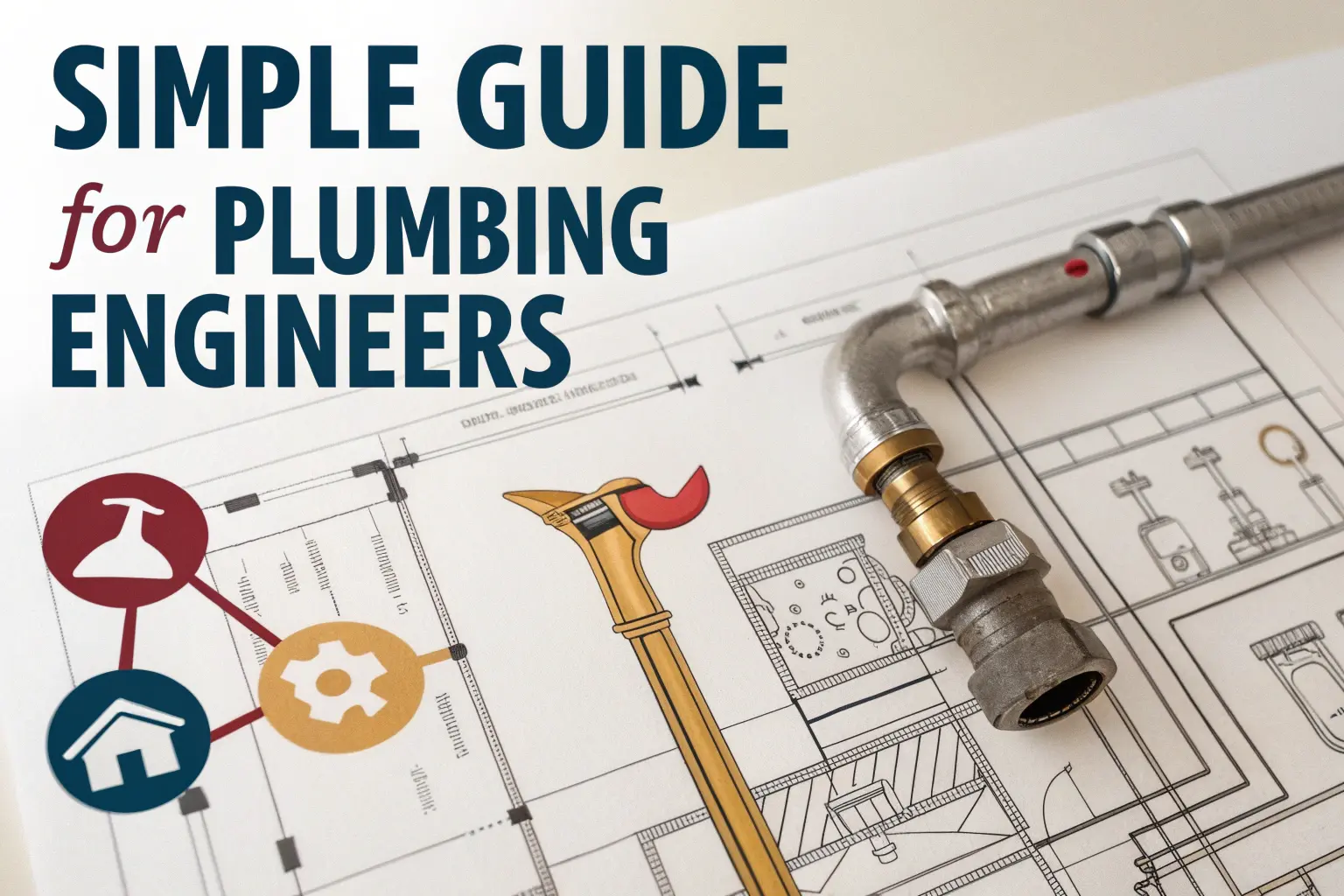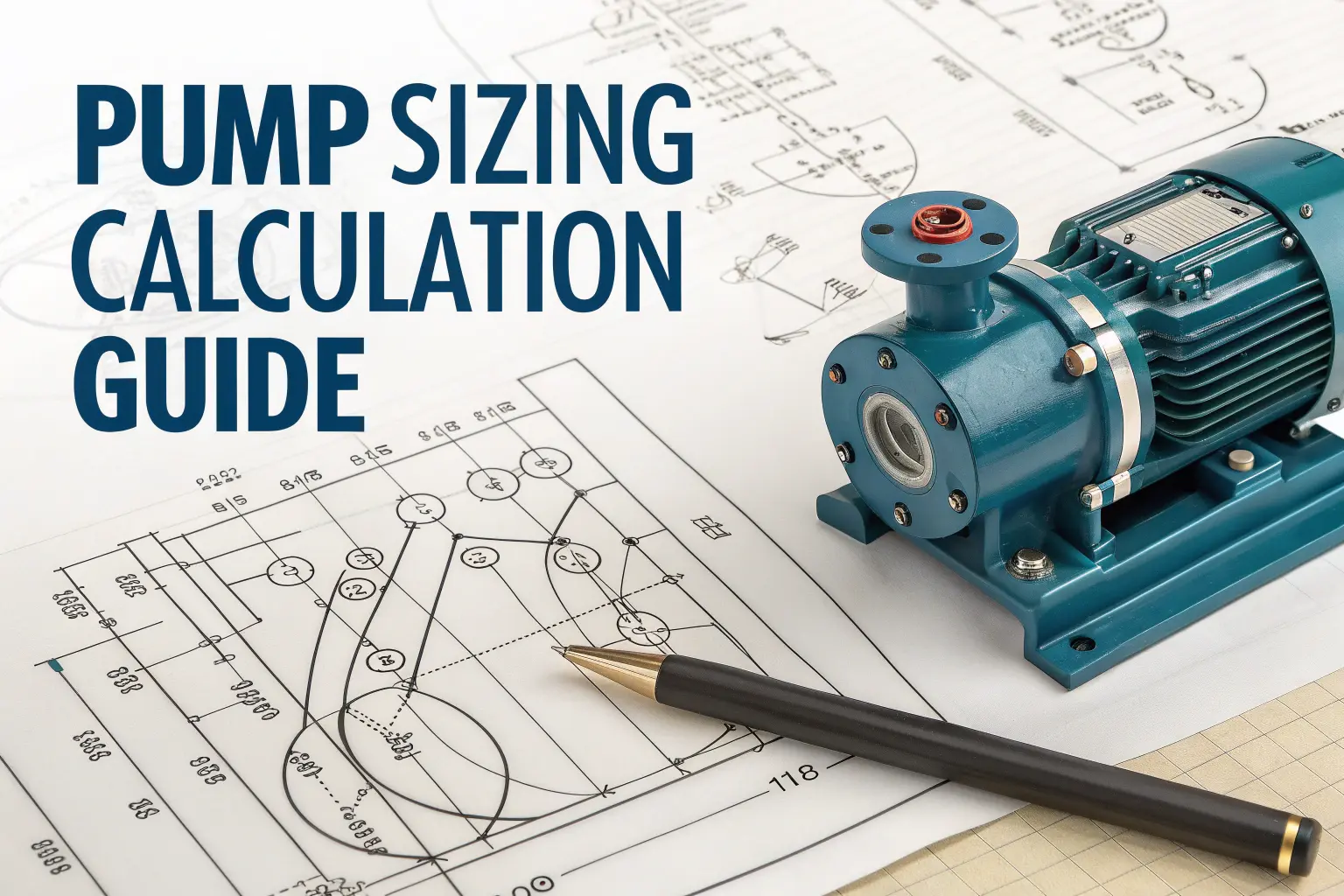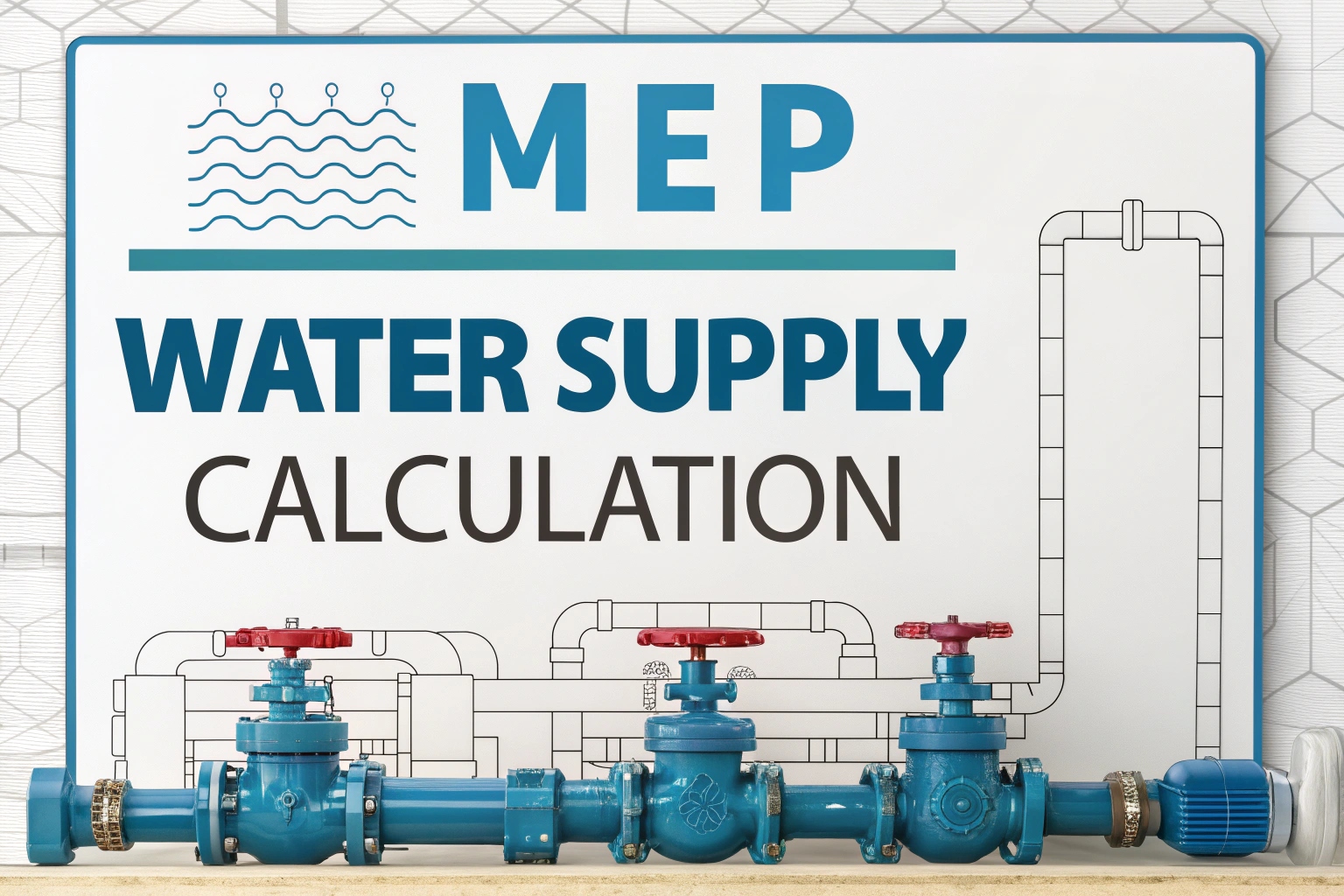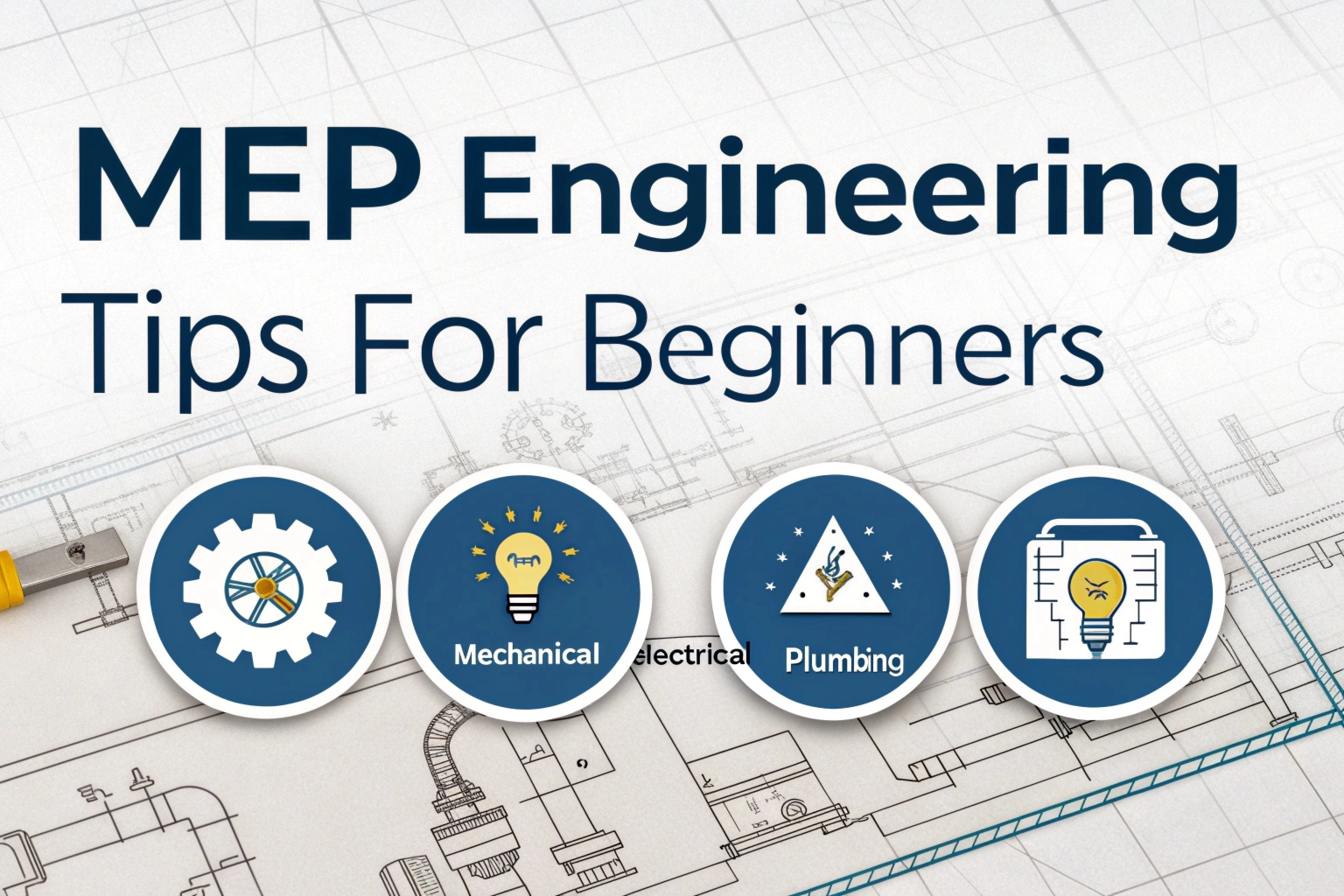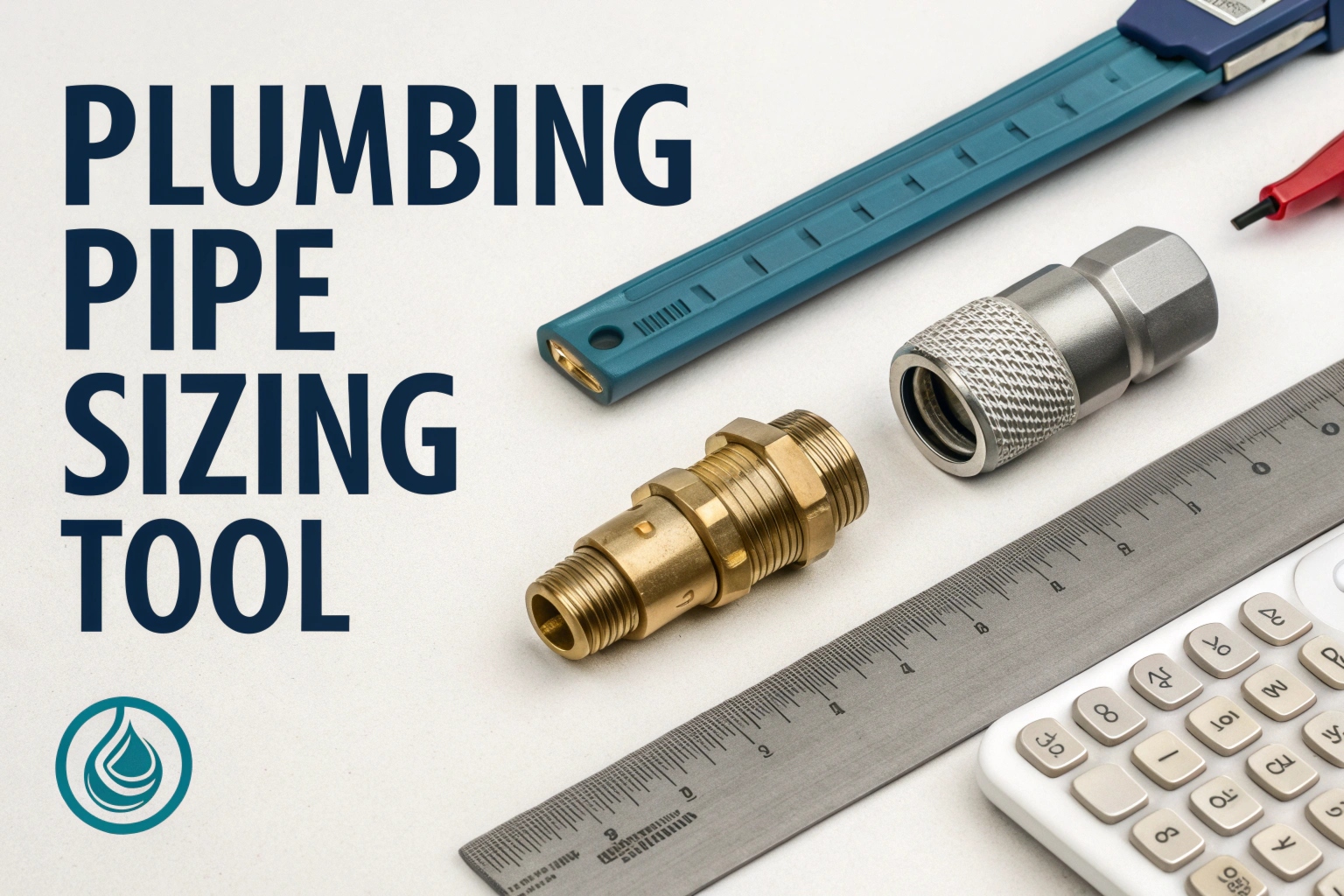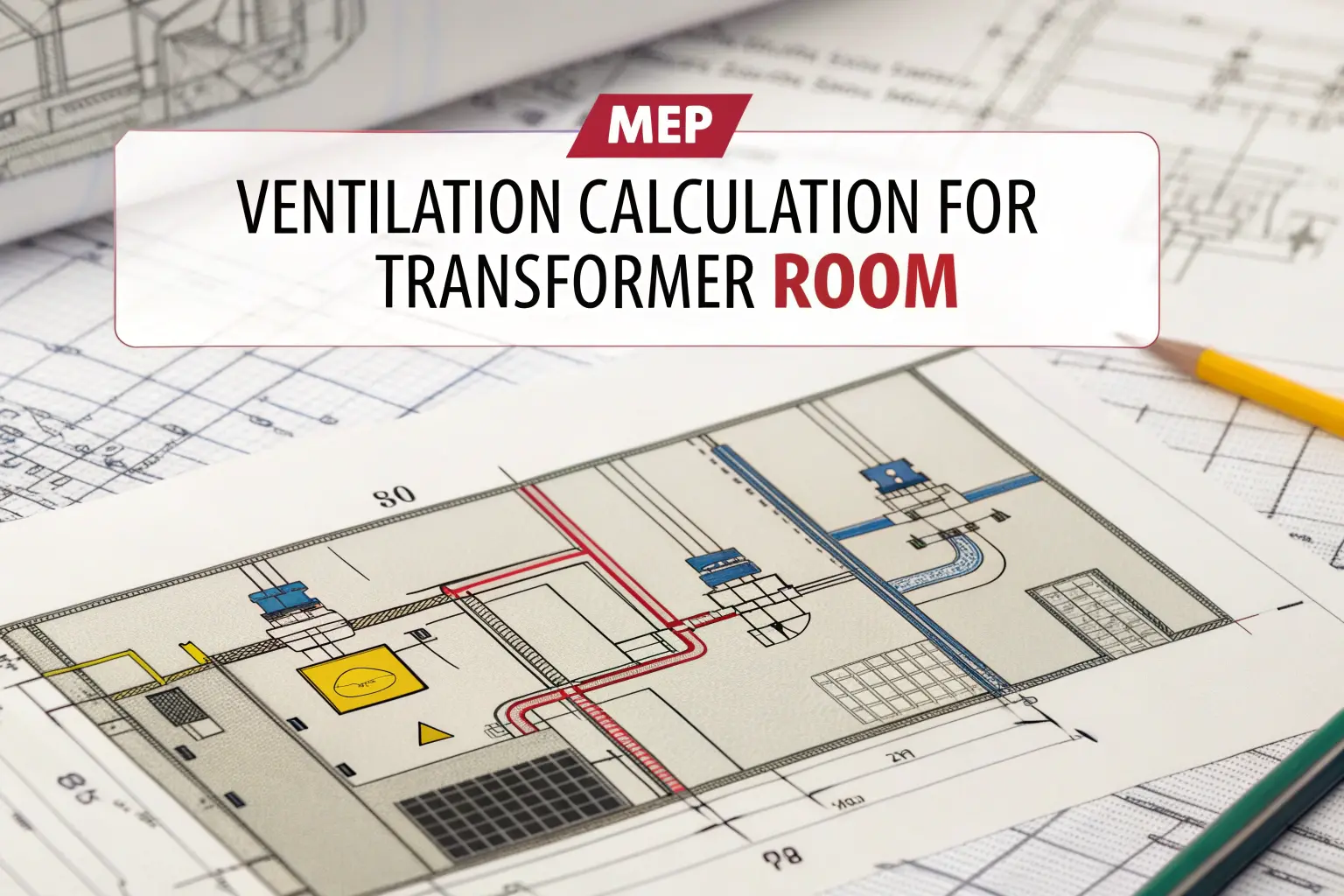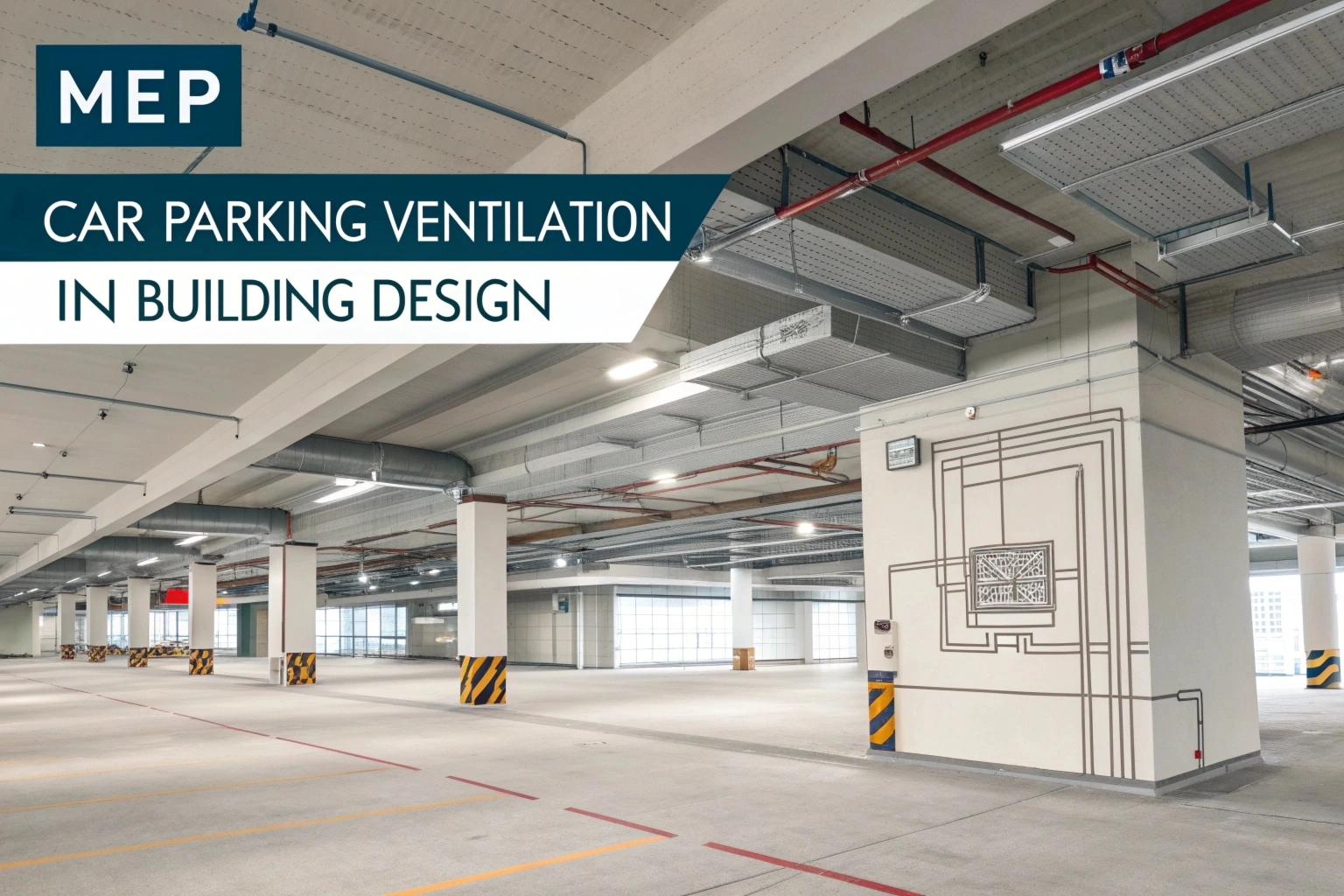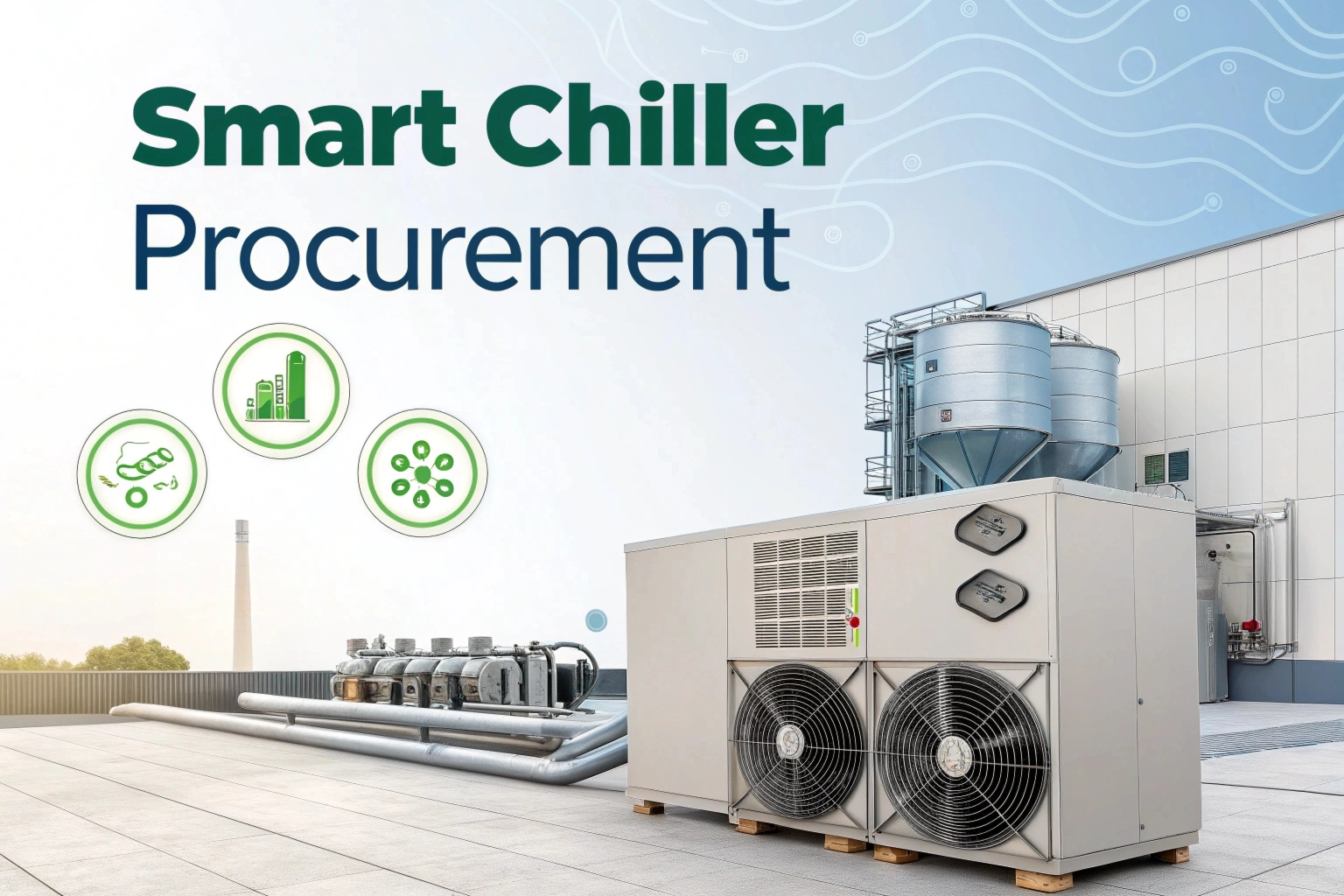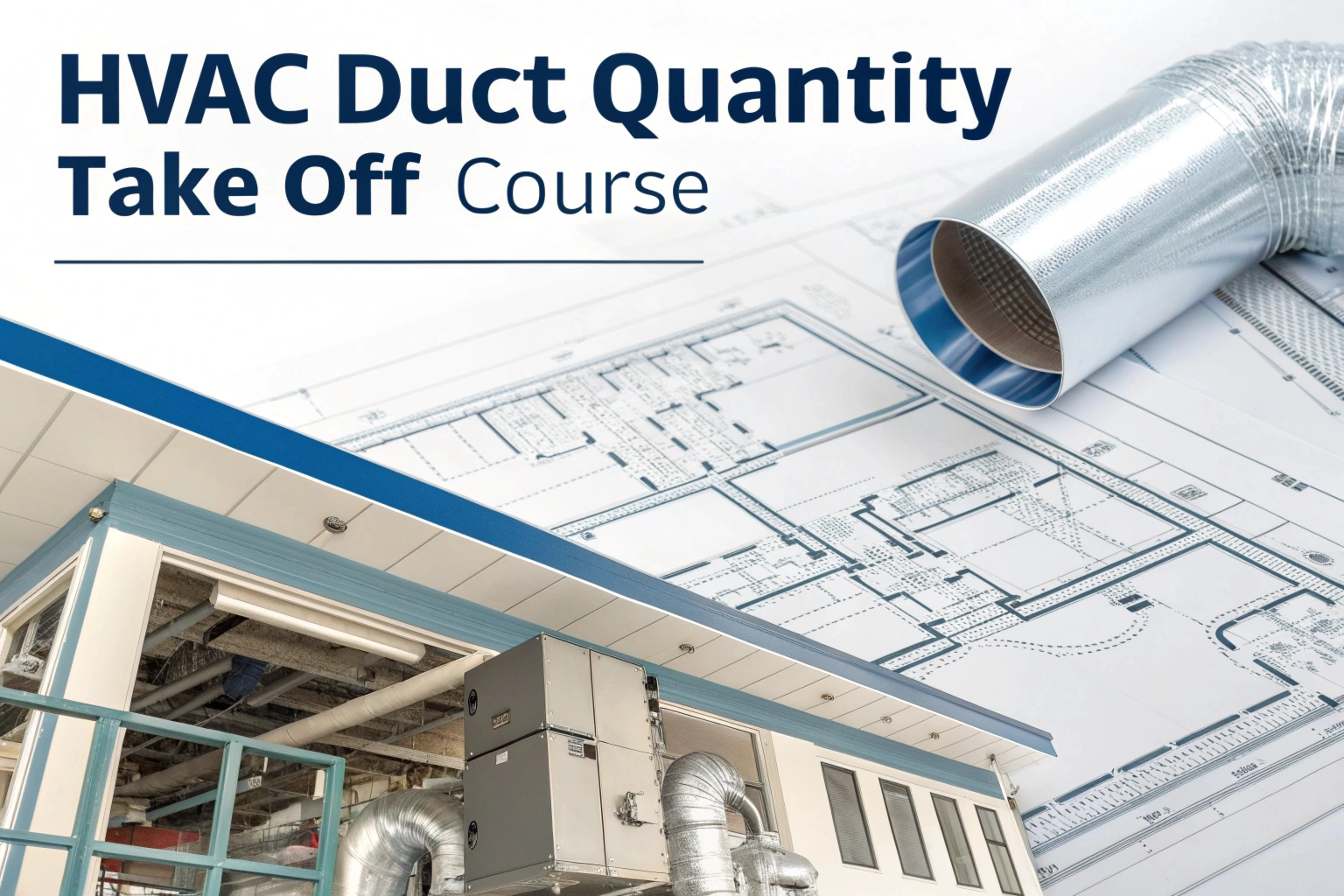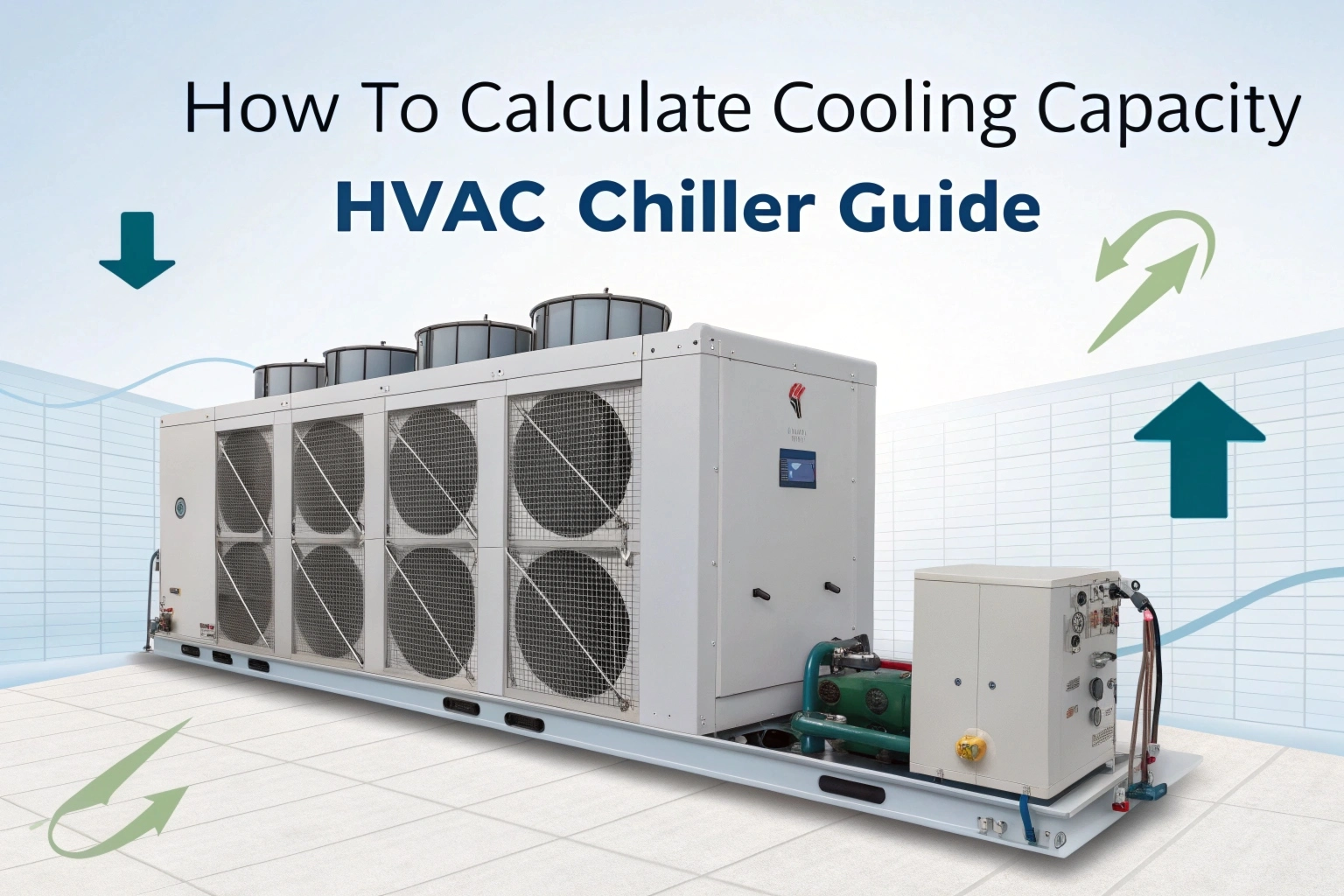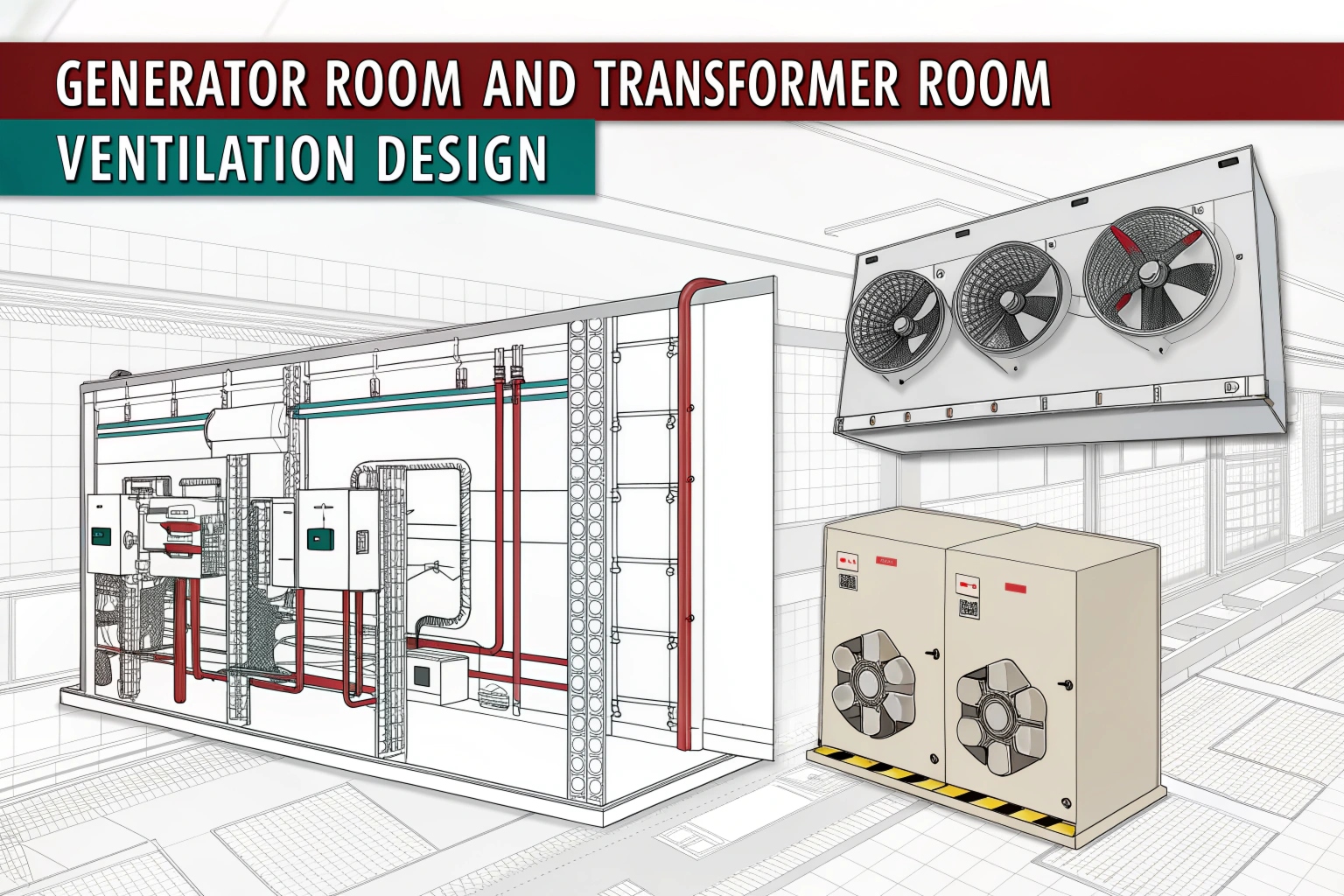Stormwater drainage systems are especially important in managing rainwater runoff in urban cities. The need for adequate drainage facilities becomes more pronounced as urban areas grow. This article will discuss the features of stormwater drainage systems, their functional goals, the main components that help the system to function, as well as the system in measures against floods as well as water sanitation.
What is a Stormwater Drainage System?
A stormwater drainage system is a group of structures, channels, and underground pipes that move rainwater to ponds, lakes, streams, and rivers. It includes both public and private systems. This system helps manage stormwater in the area, controlling how much water flows, its quality, when it flows, and where it goes. All stormwater in the area eventually reaches the Occoquan and Potomac rivers, and then the Chesapeake Bay.
This system is different from the wastewater system, which takes water and waste from sinks, bathtubs, showers, and toilets to a treatment plant. Stormwater doesn’t go to a treatment plant.
Purpose of Stormwater Drainage Systems
The stormwater drainage system gathers rainwater found in different parts of the city and gradually releases it into nearby rivers or natural water areas. In order to do this, such systems sometimes interact with nature by guiding and controlling stormwater through lakes, ditches, ponds, streams, and other natural features.
Where can I see the public system?
You can see some components of the system above the ground, namely:
- roadside ditches
- curb inlets by the roads
- yard inlets
- Channels of grass, concrete, stone, or asphalt
- Pipe openings, also referred to as outfalls
Who maintains the drainage system?
The county maintains public drainage systems within areas defined as storm drainage easements. The Virginia Department of Transportation maintains storm systems along public streets. Organizations that own land, which includes Fairfax County Park Authority, Fairfax County Public Schools, and the federal government, are responsible for maintaining systems located on their lands. Individual property owners are responsible for maintaining storm systems on their lands, which includes driveway culverts and bridges that cross the public drainage systems.
Who maintains the easement?
The county keeps the storm drainage system and its structures in working order by maintaining the public storm drainage easement.
Property owners:
- Maintain grass mowing and litter/debris cleanup to ensure that no obstructions are allowed.
- Cultivate the trees, shrubs, and other vegetation within the easements.
- Maintain the driveways and any culverts or bridges with which they interact.
- Ensure that the water shall be allowed to pass freely through the fences established within the easements.
How Stormwater Drainage Works
Stormwater drainage systems drain water off surfaces through various pipes and drains. Water flows through small pipes that feed larger drainage systems. The systems transport the water to streams, rivers, or oceans. It helps in holding the rainwater from spilling over into regional waterways.
Stormwater vs. Sewage Systems
On the other hand, stormwater and sewage systems differ because whereas stormwater systems are primarily for rainfall and groundwater, sewage systems handle all waste from homes and businesses. This means the two have to be separated to prevent contamination and free flow of both systems.
Surface Water Flooding
It is at this point where the water fails to drain as expected. This mainly owes to either the fact that a drainage system is overwhelmed, or simply it does not penetrate up to the ground. The local authorities, together with agencies involved in the management of floods, work extremely hard to just minimize the possibility of surface water flooding.
Common Causes of Poor Drainage Systems
Severe problems like flooding and other issues with damaged properties result from poor drainage systems. Some of the main causes of poor drainage systems include:
- Rains that are more than what the system can handle
- Cracked or blocked pipes
- Poor installation of the drainage components
- Gravity mistakes that cause partial flow of water
- Poor maintenance of the drainage.
5 Effective Types of Stormwater Drainage Systems
Here are 5 types of stormwater drainage systems that you can use for your property:
1. Slot Drains
Slot drains have long, thin openings along floors. They really work okay during light rain but pretty easily flood during heavy downpours. Easy to walk over and clean but aren’t very good at handling large quantities of water.
2. Open Storm Drains
These drains run across roads or edges of a given property and characterized with open channels that direct stormwater to local sewers. Although expensive to install, they are cheap to maintain. However, they can be dangerous and may depreciate the value of property due to offensive smells and unsightliness.
3. Closed Storm Drains
Very common to many locations, these drains direct the flow of water to the underground sewer system. They are less exposed and safer compared to open drains but more difficult to maintain and take in much installation work.
4. French Drains
The purpose of French drains is to ensure that water does not accumulate near the foundation of buildings. They implement tiny grates that collect water into the pipes, which then drain away all the water. They work well around the building but not so with much of the surface water.
5. Permeable Pavement
It implies water filters down through to be absorbed into the ground; this paving can replace the older type of asphalt and concrete, so that paved areas can serve as storm drains yet remain neat and professional in appearance.
Stormwater Management Innovative Solutions
Because of its new solutions, now a lot of innovations pop up concerning stormwater. One of these is SuDS that use natural ways to deal with surface water effectively. Some examples are:
- Green roofs, which absorb rainwater.
- Porous or permeable paving, through which water can flow.
- Trenches and filter strips that infiltrate water.
- Wetlands and detention ponds to control excessive water.
Difference Between Stormwater and Wastewater
Stormwater originates from rain and runoff, while wastewater originates from daily activities such as washing and using the toilet. Wastewater needs to be treated to its best before it is allowed to find its way into rivers and lakes. Stormwater management on the other hand deals with collecting and effective utilization of rainwater.
Importance of Stormwater Management
Good stormwater management is essential because it ensures our rivers are clear and flood-free. It regulates the flow of rainwater and ensures it is filtered before it eventually becomes part of rivers and lakes. This way we can save the natural environment by reducing the chances of pollution.
Calculation Methods
1. Runoff Calculation
The Rational Method is a widely used formula for estimating peak runoff in small watersheds.
Formula:
Q= CiAQ = CiAQ= CiA
Where:
- QQQ = Peak runoff (cubic feet per second or cubic meters per second)
- CCC = Runoff coefficient (dimensionless)
- iii = Rainfall intensity (inches per hour or millimeters per hour)
- AAA = Area of the watershed (acres or hectares)
2. Runoff Coefficient
The runoff coefficient varies depending on land use and surface type:
- Impervious Surfaces: Higher values (0.7 – 0.95).
- Pervious Surfaces: Lower values (0.1 – 0.3).
3. Example Calculation
Given:
- Area (A): 2 acres
- Rainfall intensity (i): 3 inches/hour
- Runoff coefficient (C): 0.8
Table of Runoff Coefficients
| Sr.No | Surface Type | Runoff Coefficient (C) |
| 1 | Grass | 0.1 – 0.3 |
| 2 | Gravel | 0.2 – 0.5 |
| 3 | Asphalt/Paved Roads | 0.7 – 0.9 |
| 4 | Roofs | 0.7 – 0.95 |
| 5 | Bare Soil | 0.1 – 0.2 |
Integrated Water Management
Integrated Water Management (IWM) aims to reduce the two evident issues of stormwater and water supply systems. It embraces green infrastructure and involves climate change impacts in integrating sustainable solutions in drainage. That approach assists cities to meet water demand by preserving their natural resources.
Design Considerations for Stormwater Systems
When designing stormwater drainage systems, there are a number of considerations:
- How climate change impacts patterns of rainfall.
- Maintain the greenfield natural water flow runoff rates.
- Attenuation ponds and bioswales are a form of land-based remediation.
Conclusion
Stormwater drainage systems are instrumental in addressing rainwater runoff and also protecting water quality. Understanding how these systems operate as well as the new technology available help us in constructing ideal cities. Effective stromwater management in drainage systems reduces flooding and improves regional water quality.
We hope this blog has provided you with helpful knowledge of storm water drainage systems and the reason as to why one should care about them. Kindly give us your comments and experiences from the subject in the comment section below.
FAQs
What are the three types of drainage systems?
The three types of drainage systems are surface drainage, subsurface drainage, and slope drainage.
What is the best stormwater drainage system?
Ditches and swales are effective stormwater systems that reduce flooding and soil erosion with their open channels.
What is the purpose of a storm drain?
Storm drains prevent flooding by directing rainwater and melted snow off streets into natural water bodies.
What are the objectives of stormwater drainage?
Stormwater drainage aims to protect property and infrastructure by safely managing excess runoff during heavy rain.
Read More – Hot Water Recirculation: How It Saves Energy and Time

